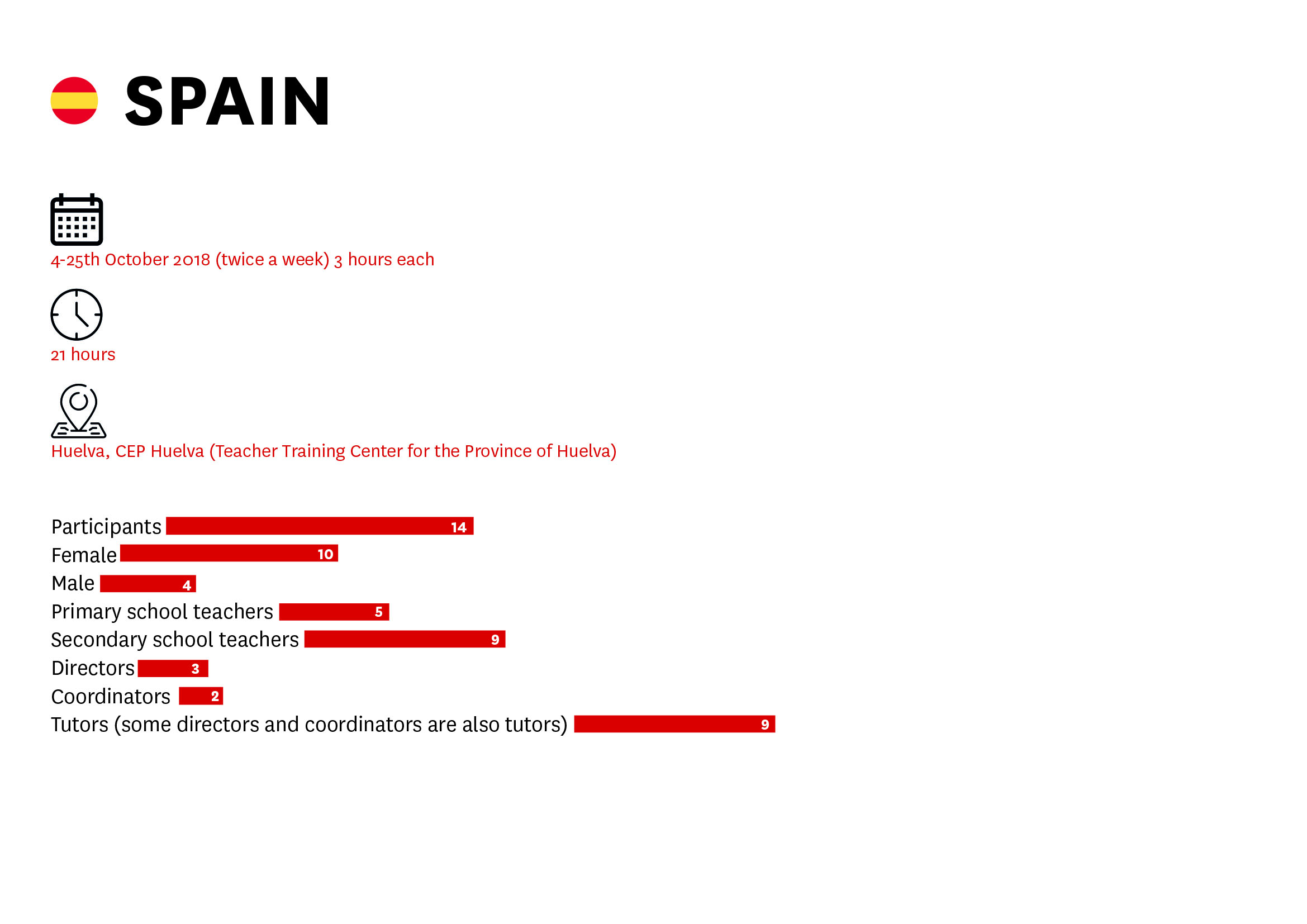É notório que “Os media têm uma adesão crescente por parte dos jovens, seja porque são utilizados com fins informativos, produtivos, transformativos, seja porque facultam diversas formas de relacionamento, em ambientes sociais e digitais. A educação para os media e o desenvolvimento das literacias implicadas no seu uso transformaram-se, neste contexto, numa questão de inclusão e de cidadania. As condições de acesso e os recursos que a biblioteca oferece responsabilizam-na pela criação de oportunidades de aprendizagem, através de situações formativas nesta área e de trabalho articulado com os professores e com a sala de aula.» (Retirado de: Referencial “Aprender com a Biblioteca Escolar” (2017). Rede de Bibliotecas Escolares, pág. 37, 2ª edição).









